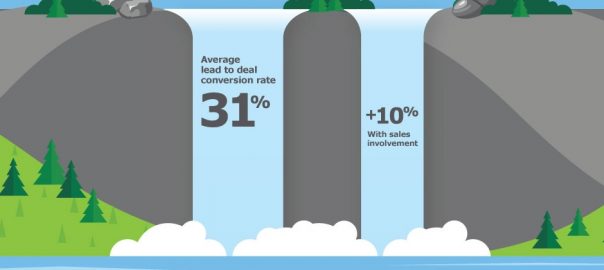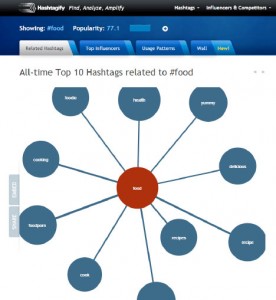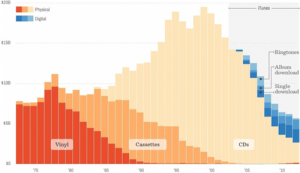— August 15, 2017
![5 Referral Partner Program Benchmarks to Measure Against [Infographic] 5 Referral Partner Program Benchmarks to Measure Against [Infographic]](https://www.onlinesalesguidetip.com/wp-content/uploads/2017/08/5-Referral-Partner-Program-Benchmarks-to-Measure-Against.jpg)
As a result of the changes taking place in the partner ecosystem, it has become of paramount importance to analyze how partners and their relative programs are performing in order to meet and adjust to mounting growth objectives. With that in mind the success of a referral partner program was analyzed in order to create benchmarks that can help companies make informed decisions about their partner programs.
The five benchmarks evaluated were analyzed by a third party and comes from partner referrals made on referral partner programs run on the Amplifinity platform, reported in The State of Business Partner Referral Programs.
1. The average activity that can be expected from a referral partner program
Referral partner activity is the foundation of any successful referral partner program. Therefore, it is important to establish a standard to measure against.
According to the data, on average 69% of referral partners are actively making referrals during the course of a year. Of course this does mean that 31% weren’t active but in any partner program there is going to be lulls and churn. The fact that 69% referral partners are continuing to send qualified referrals to a company a very positive activity level compared to other partner programs.
This could be a result of referral partner programs having a lower barrier to entry which makes it easier for partners to participate and submit leads.
2. The average number of referrals a referral partner will make
Based off the average percentage of active referral partners during the course of a year, it’s important to determine how much activity you can expect from these partners.
The data analyzed showed that on average:
- 45% of referral partners will make 1 referral
- 47% will make 2-10 referrals
- 8% will make 11+ referrals
How often referral partners make referrals throughout a year has a large impact on a partner referral program’s success. With almost half the referral partners making multiple referrals during the course of a year, partner referral programs are already in a good place to help meet growth objectives. But to increase this even further, referral partners need to be engaged with and nurtured. Try reaching out on a regular basis to keep the referral partner program top of mind for referral partners.
3. The average number of referral partner leads
The number of leads that are generated per referral partner are directly correlated with the number of referrals made. Therefore, it is reassuring to see that over the course of a year a referral partner can be expected to generate 4.6 leads. This rises to 6.7 if the referral partner has previously had a referral turn into a lead. The increase from previously successful referral partners is a result of the referral partner understanding not only the type of referrals to make but the referral demographic.
To help referral partners who have made referrals but haven’t had any converting to a lead try coaching them on the target buyer and ways to refer. You can also identify the partner who have had success in creating referral leads and reach out to congratulate them and encourage continued productivity.
4. The average partner referral conversion rate from lead to deal
While all the previous data is extremely valuable in order to make sure you are getting optimal engagement from referral partners and that you are getting the highest amount of referrals turning into leads, it all really comes down to if they are turning into deals.
The good news is that the data shows that partner referrals are one of the highest converting sources of leads with a 31% conversion rate from partner referral lead to deal. This outstanding conversion rate can be attributed to the fact that referral programs run on Amplifinity referral software are formal programs that educate partners on the target buyer and automate the process.
This conversion rate increases by 10 percentage points when sales is involved, coming in at a 41% conversion rate. The increase seen here comes from these programs having the ability to manage their sales team to objectives for recruiting partners to the program and collecting referrals from partners.
5. The amount of new customers coming from each partner
When looking at the overall referral partner lead flow on a referral partner program, 863 partners were actively making referrals out of the average number of 1,250 partners enrolled in the program during the course of a year. These 863 partners on average provided 1,231 new customers. This means that on average in a year’s time you can expect every one partner to generate 1.42 new customers.
However, when adding sales into the equation your number of new customers gained per referral partner rises to almost two.
Start visualizing the partner referral flow and discover how to create successful partner referrals:
![5 Referral Partner Program Benchmarks to Measure Against [Infographic] 5 Referral Partner Program Benchmarks to Measure Against [Infographic]](https://www.onlinesalesguidetip.com/wp-content/uploads/2017/08/5-Referral-Partner-Program-Benchmarks-to-Measure-Against-Infographic.jpg)
Digital & Social Articles on Business 2 Community
(78)








